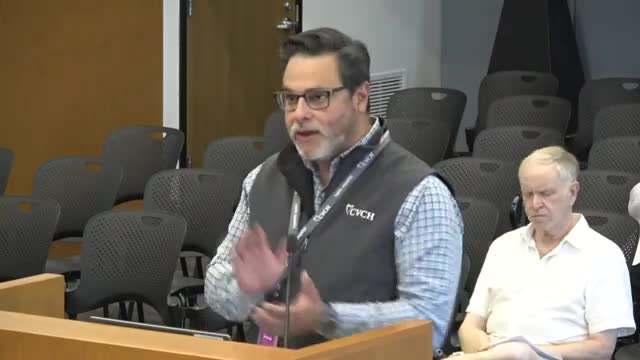National Health Center Week Celebrates Lifesaving Community Care
August 08, 2024 | Wenatchee City, Chelan County, Washington
This article was created by AI summarizing key points discussed. AI makes mistakes, so for full details and context, please refer to the video of the full meeting. Please report any errors so we can fix them. Report an error »

In recognition of National Health Center Week, officials highlighted the vital role community health centers play in the U.S. healthcare system during a recent government meeting. With over 1,400 organizations serving approximately 31 million patients across more than 15,000 cities, these centers are integral to providing affordable and comprehensive primary care, particularly to medically underserved populations.
The discussion traced the origins of community health centers back to the 1960s, rooted in the efforts of civil rights leaders like Cesar Chavez and Dr. Geiger, who advocated for healthcare access in marginalized communities. The establishment of Section 330 by President Lyndon B. Johnson in 1965 marked a significant milestone, officially recognizing Federally Qualified Health Centers (FQHCs) and providing them with special funding to enhance their services.
The meeting also underscored the bipartisan support that has fueled the growth of community health centers, particularly in the 2000s. Former President George W. Bush's commitment to expanding these centers aimed to address the pressing issue of primary care access in rural and impoverished areas, with a vision of establishing a health center in every poor county in America.
Key characteristics of FQHCs include their nonprofit status and their mandate to operate in underserved areas, ensuring that care is accessible regardless of patients' insurance status or ability to pay. As the meeting concluded, officials reaffirmed their commitment to supporting these essential healthcare providers, emphasizing their ongoing importance in the nation's primary care landscape.
The discussion traced the origins of community health centers back to the 1960s, rooted in the efforts of civil rights leaders like Cesar Chavez and Dr. Geiger, who advocated for healthcare access in marginalized communities. The establishment of Section 330 by President Lyndon B. Johnson in 1965 marked a significant milestone, officially recognizing Federally Qualified Health Centers (FQHCs) and providing them with special funding to enhance their services.
The meeting also underscored the bipartisan support that has fueled the growth of community health centers, particularly in the 2000s. Former President George W. Bush's commitment to expanding these centers aimed to address the pressing issue of primary care access in rural and impoverished areas, with a vision of establishing a health center in every poor county in America.
Key characteristics of FQHCs include their nonprofit status and their mandate to operate in underserved areas, ensuring that care is accessible regardless of patients' insurance status or ability to pay. As the meeting concluded, officials reaffirmed their commitment to supporting these essential healthcare providers, emphasizing their ongoing importance in the nation's primary care landscape.
View full meeting
This article is based on a recent meeting—watch the full video and explore the complete transcript for deeper insights into the discussion.
View full meeting
